While sustainable development was not a new concept, new methods to tackle it in higher education were needed, according to Abigail Edem, curriculum developer at Central University of Technology, Free State, in South Africa.
Speaking at the 9th annual international conference of the South African Technology Network, held in Cape Town from 12-14 October, Edem said methods used by universities to address sustainability needed to change. “The methods we have been using are no longer working for us,» she explained.
Originally referred to as ‘environmental education’, the concept of sustainable education had undergone various changes over the course of the last 50 years.
In South Africa the concept gained traction when the national sustainable development summit was held in 2002. A holistic term that concerned society, the economy and culture, sustainable development was not yet properly understood by any South African university, said Edem.
A holistic approach
“No South African university properly understands the notion of holistic sustainability…if the students currently fighting for free higher education understood the effects of their struggle on future generations, they might give it a second thought,” she said.
The concept of sustainability also called on educators to approach the development of curricula in a different way. “We cannot continue doing things the same way and expect different results,” she said.
According to Edem, a holistic understanding of the inter-relatedness of the environment was essential when it came to knowing how to sustain life, rather than drain it.
In reference to the 1977 Tbilisi Declaration signed at the first intergovernmental conference on environmental education organised by UNESCO, which embraced the social, economic, political, cultural-historical and ethical dimensions of the human environment, Edem said sustainability was a continuous, life-long process that essentially promoted value and respect.
Social change
When it came to integrating sustainability into a transformative higher education system, there was a need to view sustainability as a process of social change and recognise the potential of higher education policies to bring about transformative practice through criticality, reflexivity and praxis of sustainable education.
“Good planning is essential, and should allow for the development of critical thinking and respect for the universe,” she told delegates.
“Sustainable learning is complex and interdisciplinary in nature, while sustainable development is all about awareness and skills, which have to be approached by problem-solving in teams, but in a holistic manner,” Edem said.
Speaking later in the programme, Professor Fernando León-García, president of CETYS University, Baja California in Mexico, described sustainability in higher education as “not about sporadic actions, but rather long-term efforts”.
León-García has been president of CETYS University since 2010, leading the institution to accreditation in the United States and one of the highest student mobility rates in Mexico.
A regional perspective
Providing a “transatlantic and a transpacific perspective” on the issue of innovation and sustainable development in higher education in his region, León-García said several lessons had been learnt from a number of case studies arising out of work conducted by the United States-based Association for the Advancement of Sustainability in Higher Education which conducted regular reviews of institutions in the region.
These reviews focused on particular areas such as energy, waste, buildings, water, as well as engagement with students and the public. Less frequent reviews focused on planning and administration, and academic and research activities.
“Of course the Millennium Development Goals also inform the reviews,” he said.
According to León-García, universities in the region had set up various initiatives and bodies to address issues such as environmental quality, sustainable development and prevention of risks. There was also a centre for regional sustainability to drive regional collaborations in higher education, research, stewardship and outreach which involved faculties and students.
“To embed the concept, it is necessary to involve the community, and to interrogate the local and regional context to actively look for connections and environmental sensitivity. It is also necessary to seek not only expertise and learning, but action,” he said.
Individual and collective action
Sustainability is an important matter which begins with each and every one of us as individuals, but also has to be done collectively, according to León-García.
He urged regular reviews in the community, region or local environment to ensure that the norms within which universities operate were still relevant.
Most institutions address innovation as a response to real problems that are context specific, he said.
He said his own university, CETYS, hosted a seminar at which various themes were debated, namely the role of faculty and students, alternative models and technology, quality, accreditation and accountability, international partnerships, the roles of business and industry, and leadership and governance. He said the keynote speaker had made the point that successful organisations have a sense of humility and constructive paranoia, always ensuring that they stay ahead of the game.
“It is necessary for institutions to have a culture of innovation and strong role models to help stimulate innovation. It is also necessary to recognise and reward innovation, and build a tolerance of failure into the formula,” León-García said.
Source UNIVERSITY WORLD NEWS

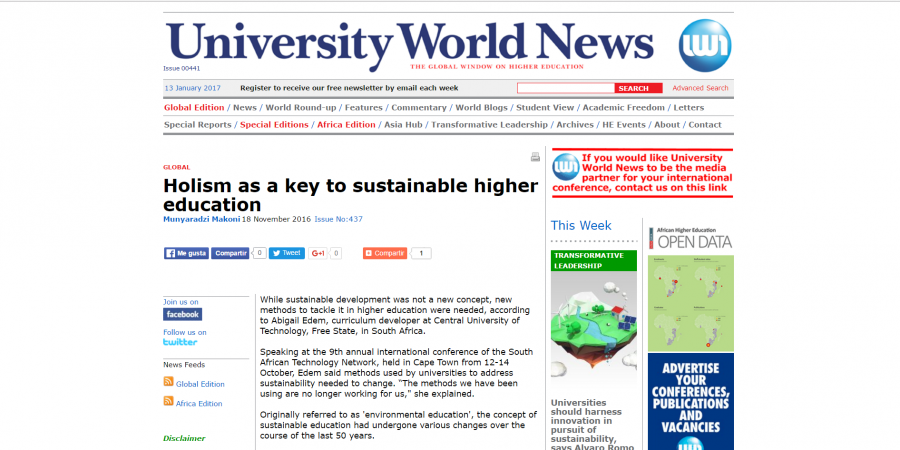

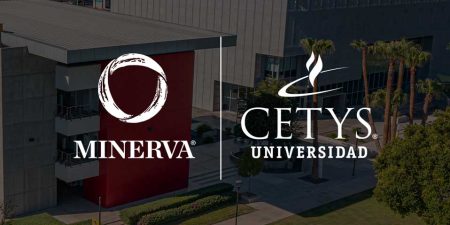
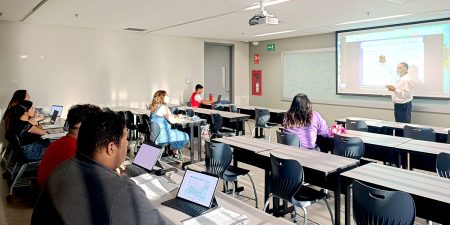
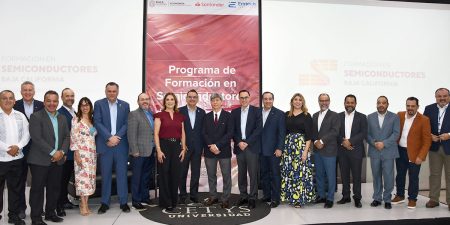

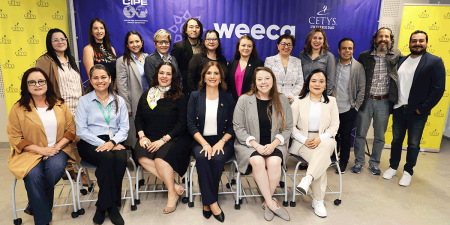
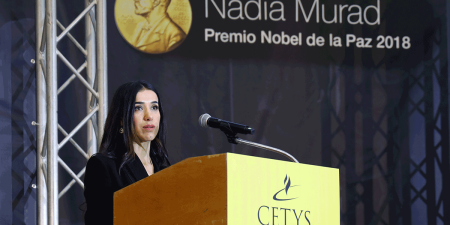
Leave your comment